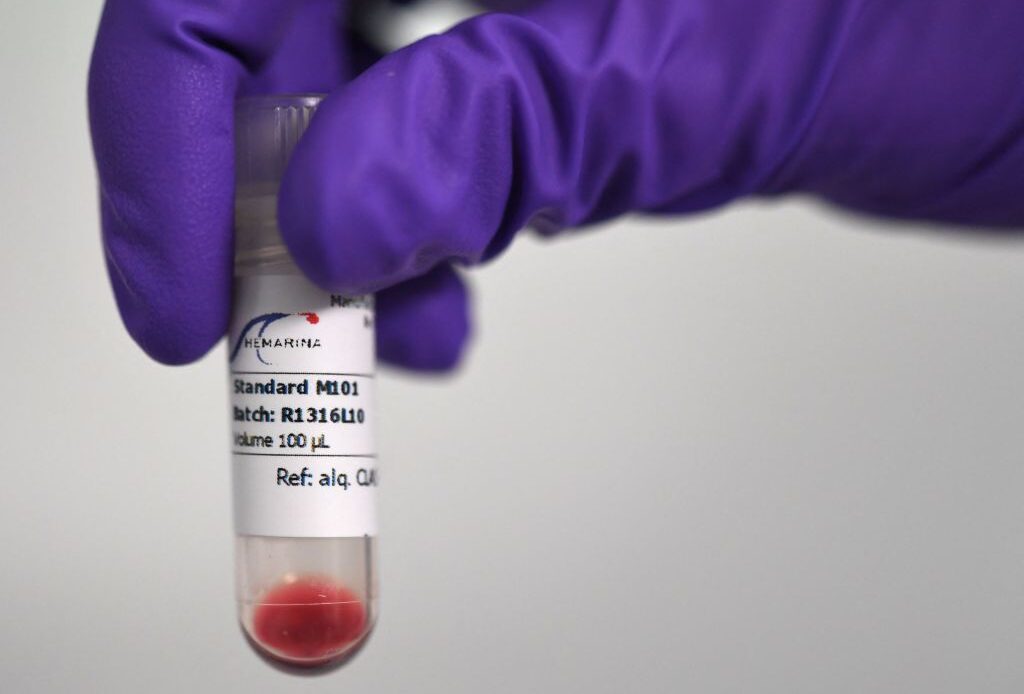The use of lugworm haemoglobin could become the latest blood doping technique to be used in professional cycling, with its creator Dr. Franck Zal revealing to l’Equipe that in 2020, a “well-known cyclist whose team participates in the Tour de France, contacted me because he wanted the product”.
Anti-doping blood tests can detect the ‘super haemoglobin’ but it is easy to use and its short half life means it becomes undetectable after just a few hours. Its use is unlikely to be spotted in an athlete’s Biological Passport.
There have been few blood doping cases in professional cycling in recent years thanks to the Biological Passport and a recognised change in attitude in the peloton.
Arenicola marina lugworms, also known as sandworms, are commonly used as fishing bait, but Dr. Zal helped create Arenicola marina lugworm extracellular haemoglobin for medical use after discovering the worm’s incredible oxygen transporting qualities. Lugworms can live both underwater and in the air.
The World Anti-Doping Agency (WADA) have insisted to l’Equipe that no cases of lugworm haemoglobin doping have been detected but are concerned about its use as a powerful blood doping technique.
Dr. Zal patented his discovery and created the Hemarina company, that has its own worm farm on the Island of Noirmoutier in the Vendée region of France. Hemarina calls the Arenicola marina lugworm extracellular haemoglobin M101, claiming it has been perfected by 450 million years of evolution.
Hemarina claims lugworm haemoglobin is a universal blood substitute that can transport 40 times more oxygen than human haemoglobin. It is 250 times smaller than other red blood cells, which helps circulation. It is compatible with all blood groups, doesn’t increase blood hematocrit or cause high blood pressure like bovine or human haemoglobin. It can be stored at room temperature and freeze-dried, making it easy to transport.
Hermarina have created a number of specific products with lugworm haemoglobin, including the HEMOXYCarrier universal oxygen carrier, a solution to help preserve organs used for transplants, oxygenated dressings, cell growth activation and even fermentation for cheese wine and bread yeast.
The HEMO2life additive to help organ transplantation has recently been approved for medical use in Europe, making it readily available.
Dr. Zal discovered lugworm haemoglobin in 2007 and quickly realised his products could become a target for blood dopers, even if they are…
Click Here to Read the Full Original Article at CyclingNews RSS Feed…

